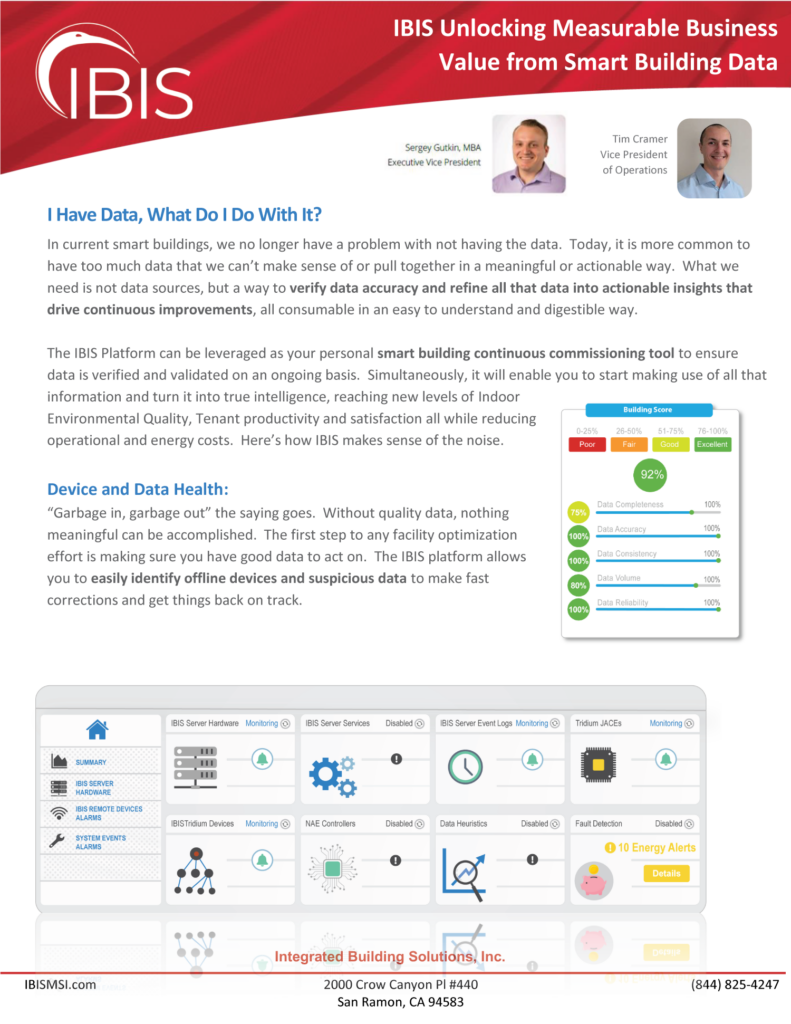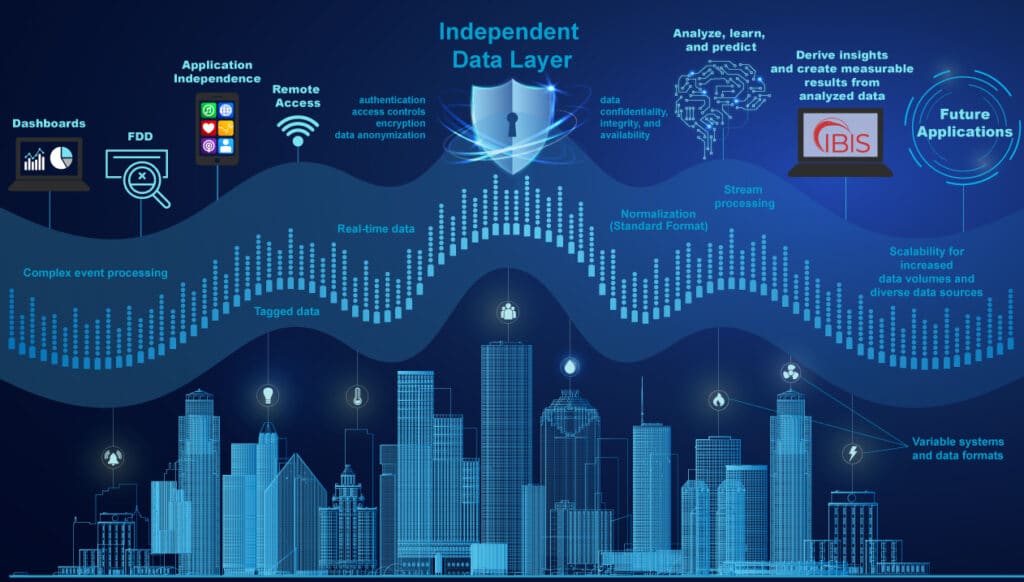We are thrilled to announce a suite of new features arriving in IBIS! Our team has been working tirelessly to enhance your experience and provide tools that make managing your projects easier and more efficient. Here’s a sneak peek at what you can expect:

1. Search Builder
Our new Search Builder feature will revolutionize how you
find information within IBIS. With advanced filtering and search capabilities,
you’ll be able to locate exactly what you need quickly and effortlessly, saving
you valuable time.
2. Self-Serve UI Builder
The Self-Serve UI Builder empowers you to customize your
IBIS interface to suit your unique needs. Design your workspace with
drag-and-drop functionality, creating a personalized and intuitive environment
that enhances your productivity.
3. Auto Tagging
Say goodbye to manual tagging with our new Auto Tagging
feature. IBIS will now automatically tag your IoT data, ensuring everything is
organized and easily searchable without extra effort on your part.
4. Auto Graphic Linking
Our Auto Graphic Linking
feature makes it easier than ever to connect related graphics and visuals
within your projects. This tool automatically links relevant graphics,
providing a seamless and integrated visual experience.
5. IoT Asset Viewer
With the new IoT Asset Viewer, managing and monitoring your
Internet of Things (IoT) devices is a breeze. Get real-time insights and a
comprehensive view of all your IoT assets directly within IBIS, enhancing your
ability to oversee and control your connected devices.













